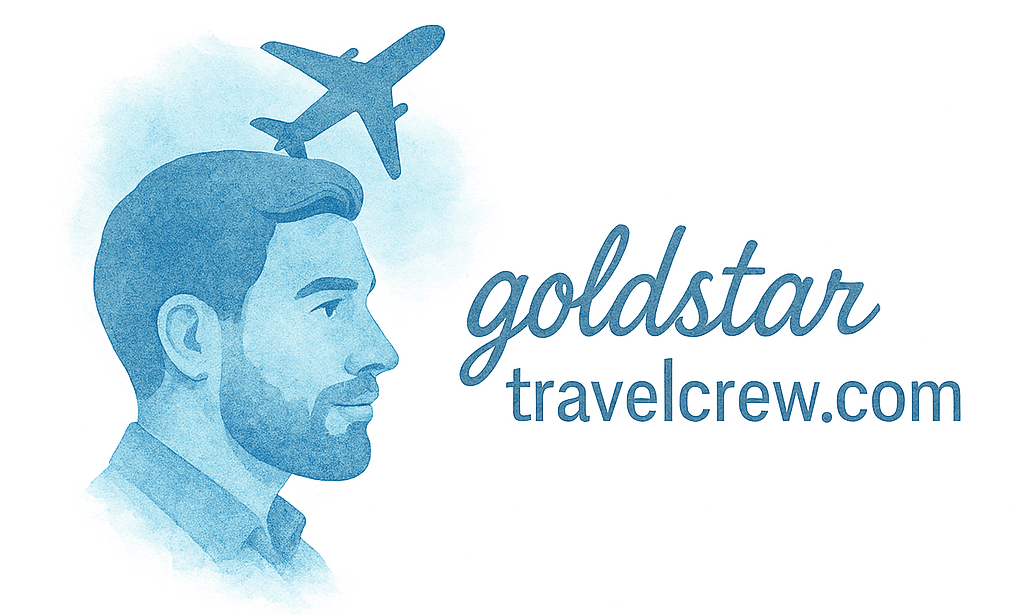Are you someone who lives for the adrenaline rush of adventure travel? From scaling peaks to exploring wild jungles, it’s easy to get caught up in the thrill. But hold up—safety should always be your sidekick. Whether you’re diving into an ocean trench or trekking through remote mountains, knowing a few smart safety tips can mean the difference between a story to tell and a situation to survive.
In this guide, we’ll break down six essential travel safety tips for adventure enthusiasts, so your next trip can be as secure as it is exciting.
Why Travel Safety Matters for Adventurers
The Thrill vs. The Risk
Adventure travel isn’t your average vacation. It often involves stepping into unpredictable environments, remote locations, and physically demanding activities. That’s what makes it exciting—but it also ups the risk. One wrong turn or a poorly planned move can land you in trouble fast.
Whether you’re an experienced globetrotter or a beginner traveler, safety isn’t optional—it’s essential.
#1: Research Your Destination Thoroughly
Before you even pack your bags, make sure you know exactly where you’re going and what to expect.
Use Trusted Travel Resources
Start with verified sources like Travel Guides, travel blogs, and official government websites. You can even explore curated collections like Bucket List destinations for ideas, but always verify with updated safety info.

Understand Local Laws and Customs
Some areas may have unique laws or cultural norms. A behavior that’s normal at home could be frowned upon—or illegal—elsewhere. For instance, in certain countries, flying drones is banned in natural parks. Know before you go.
#2: Pack the Right Gear for Safety
Being prepared isn’t just about bringing extra socks. For adventure travelers, the right gear can save your life.
Adventure-Ready First Aid Kit
You need more than just a few band-aids. Pack essentials like antiseptics, insect repellent, altitude sickness meds, and a compact CPR mask. If you’re unsure what to bring, check resources from Adventure Travel blogs and forums.
Navigation and Communication Tools
GPS devices, solar chargers, satellite phones—these aren’t luxuries, they’re lifelines. And don’t forget physical maps. Batteries die, paper doesn’t.
#3: Share Your Travel Itinerary
Sounds simple, but it’s a game-changer.
Let Someone Know Where You’re Going
Always leave your itinerary with a trusted person back home. Include travel dates, accommodation info, and emergency contacts. It ensures someone knows where to start looking if you go off the radar.
Use Apps That Track Your Location Safely
Apps like Find My, Life360, or specialized travel trackers help your loved ones monitor your location without being invasive.
#4: Stay Aware of Your Surroundings
Adventure travel often means navigating new environments—sometimes alone. Stay sharp.
Avoid Risky Areas, Especially After Dark
You might be tempted to explore those back alleys or hidden beaches, but risk doesn’t always equal reward. Check local travel alerts and crime hotspots before wandering.
Use Local Advice to Navigate Smartly
Your best resource? Locals. Guides, hosts, or fellow travelers can clue you in on where to go—and where to avoid. Don’t be shy. Ask.
#5: Get Travel Insurance
If there’s one investment you shouldn’t skip, it’s this.
What to Look for in an Adventure Insurance Plan
Not all travel insurance covers high-risk activities. Look for plans tailored to Adventure or Luxury Travel, including off-the-grid excursions.
Don’t Overlook Medical Evacuation Coverage
Getting airlifted from a remote jungle or mountaintop isn’t cheap. Make sure your plan includes medical evacuation and repatriation coverage.
#6: Know Basic Self-Defense and Emergency Protocols
You don’t have to be a black belt—but knowing what to do in a sticky situation can help.
Stay Calm, Stay Smart
In emergencies, your mindset matters. Panic clouds judgment. Practice breathing techniques and basic emergency protocols before you go.
Emergency Contacts and Embassy Info
Keep a hard copy of local embassy contacts, emergency numbers, and insurance details. You never know when tech might fail.
Bonus Tips for Safer Adventuring
Use Local Guides and Experts
Hiring a guide isn’t just for tourists. Local experts can enhance your trip and keep you safe in unfamiliar terrain. Plus, you’re supporting the local economy.
Explore curated experiences through Family Travel or Hidden Travel gems for deeper connections and fewer risks.
Stay Hydrated and Well-Nourished
This may sound obvious, but dehydration and hunger can mess with your focus and energy—bad news in high-stakes environments.
Integrating Safety into All Your Trips
Make Safety a Habit, Not an Afterthought
No matter how thrilling the destination, safety should always ride shotgun. Just like brushing your teeth or checking your flight, make risk assessment part of your travel routine.
Browse through more resources at Travel Tips to turn smart habits into second nature.
Conclusion
Adventure travel is one of the most rewarding ways to see the world—but it comes with risks. These 6 travel safety tips for adventure enthusiasts aren’t about fear; they’re about freedom. Because when you’re prepared, you’re free to roam boldly.
Whether you’re exploring Europe, lounging at 5-Star Hotels, or navigating busy airports (don’t miss our Airport Guide), make safety your constant companion.
FAQs
1. Do I really need travel insurance for adventure travel?
Absolutely! Adventure activities often aren’t covered by basic policies. Always read the fine print and opt for a plan designed for high-risk excursions.
2. What’s the best way to stay safe in unfamiliar cities?
Stick to well-lit areas, avoid walking alone at night, and use verified transportation options like licensed taxis or rideshares.
3. Can I bring my own self-defense tools while traveling?
Check the local laws first—some countries ban items like pepper spray or tasers. Instead, consider learning basic self-defense techniques.
4. Is it safe to travel solo as an adventure enthusiast?
Yes, with the right precautions. Share your plans, use tracking apps, and avoid risky areas. Solo doesn’t mean careless.
5. How can I find trustworthy local guides?
Use platforms with verified reviews or ask your accommodation for recommendations. Sites like Gold Star Travel Crew also offer vetted travel resources.
6. What should be in a travel first aid kit for adventure trips?
Include antiseptics, wound care, altitude sickness pills, insect repellent, pain relievers, and any personal meds. Bonus: waterproof case.
7. Are luxury resorts safe for adventurers too?
Yes! Many Luxury Resorts offer guided adventures with professional safety measures. It’s the thrill—with the chill.


